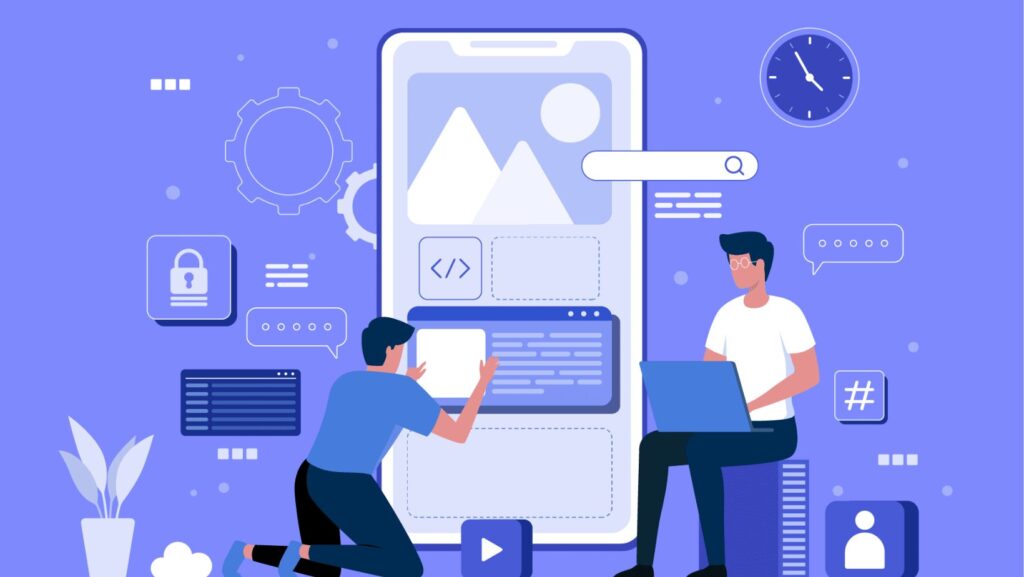Mobile App Development
As an expert in mobile app development, I delve into the intricacies of creating applications for various platforms. Developing a mobile app involves a blend of creativity, technical expertise, and user-centric design. From conceptualization to deployment, each phase plays a crucial role in delivering a seamless user experience.
When considering mobile app development, understanding the target audience and their needs is paramount. Researching market trends and user preferences helps me tailor the app to meet specific requirements. Whether it’s iOS or Android development, staying updated with the latest technologies and programming languages is essential to deliver cutting-edge solutions.
The landscape of mobile app development is constantly evolving, with new tools and frameworks emerging regularly. As I navigate through this dynamic field, adapting to changes and embracing innovation are key components of my approach. With a passion for crafting functional and visually appealing apps, I strive to create products that resonate with users and stand out in the competitive app market.

History of Mobile App Development
Mobile app development has a rich history that has evolved significantly over the years. Let’s delve into how this technological phenomenon came to be:
Early Beginnings
Back in the late 1990s and early 2000s, when mobile phones were primarily used for calls and text messages, the concept of mobile applications was still in its infancy. Basic games like Snake and Tetris were some of the first interactive experiences on mobile devices.
Advent of Smartphones
The game-changer arrived with the introduction of smartphones such as the iPhone and Android devices in the late 2000s. These devices offered touchscreens, powerful processors, and robust app ecosystems, paving the way for more sophisticated apps beyond simple games.
Rise of App Stores
App stores like Apple’s App Store and Google Play revolutionized how developers distributed their applications. This centralized platform made it easier for users to discover, download, and update apps seamlessly.
Innovation & Diversity
As technology advanced, so did app development. From social media platforms to productivity tools, entertainment apps to fitness trackers, there’s now an app for almost every aspect of daily life. The industry continues to innovate rapidly with augmented reality (AR), virtual reality (VR), artificial intelligence (AI), and Internet of Things (IoT) integration becoming commonplace.
Future Prospects
Looking ahead, mobile app development shows no signs of slowing down. With emerging technologies like 5G connectivity promising faster speeds and lower latency, coupled with increasing demand for personalized user experiences, the future holds endless possibilities for innovative mobile applications that could shape our world further.

Steps in Mobile App Development Process
When diving into the MOBILE APP DEVELOPMENT PROCESS, it’s crucial to have a clear roadmap to ensure a successful outcome. Let’s break down the key steps involved in bringing a mobile app from concept to reality:
- Idea Generation: The journey begins with identifying a unique and marketable app idea that addresses a specific need or solves a problem for users. Whether it’s enhancing convenience, entertainment, productivity, or communication, the idea should resonate with your target audience.
- Market Research: Conducting thorough MARKET RESEARCH is essential to validate your app concept and understand the competitive landscape. Analyze user preferences, trends, and potential gaps in the market to refine your idea and position your app effectively.
- Wireframing and Design: Creating WIREFRAMES allows you to visualize the layout and functionality of your app before diving into development. Collaborate with designers to craft an intuitive user interface (UI) and engaging user experience (UX) that aligns with your brand identity.
- Development and Testing: This phase involves coding the app based on the finalized design specifications. Agile development practices can help streamline the process by breaking down tasks into manageable sprints. Rigorous TESTING is vital to identify bugs, ensure performance optimization, and enhance overall functionality.
- Deployment and Maintenance: Once your app is ready for launch, submit it to relevant app stores such as Google Play Store or Apple App Store. Implement an effective MARKETING strategy to promote your app and attract users. Ongoing MAINTENANCE is necessary to address user feedback, introduce updates or new features, and ensure compatibility with evolving technologies.


